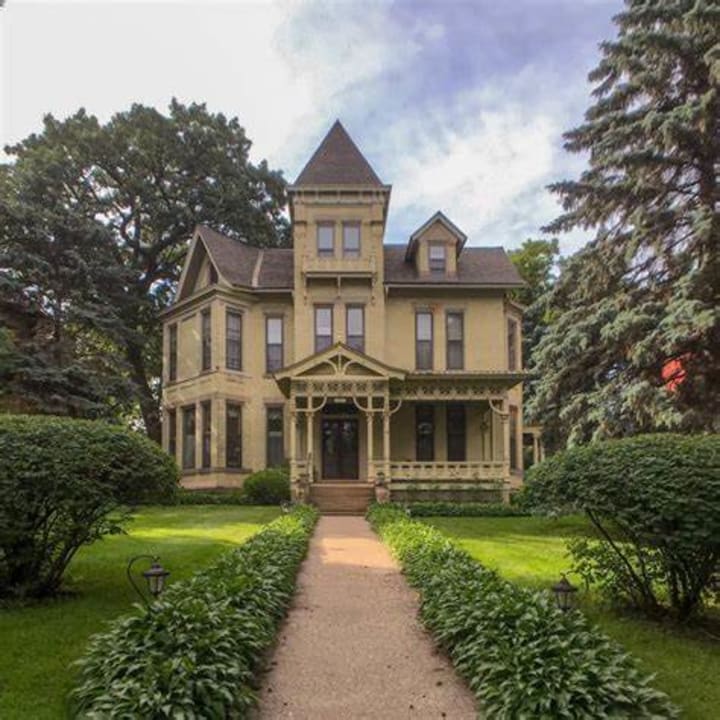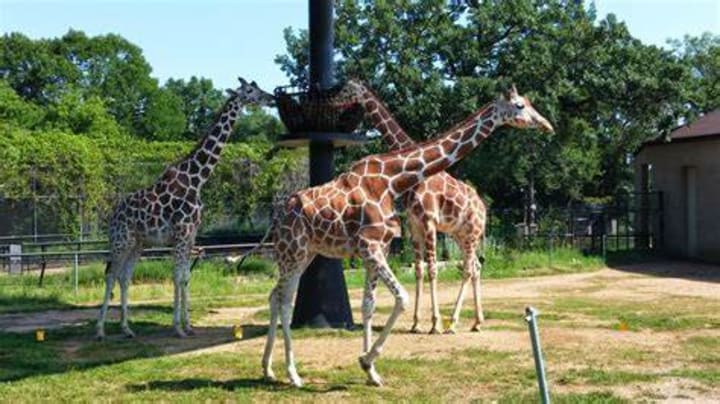Beautiful Saint Paul
Number twenty-two in the series sightseeing in the US capitals

Saint Paul is the capital of the U.S. state of Minnesota and along with its neighboring city Minneapolis forms the “Twin Cities”. There is a lot to see and a lot to do.

Minnesota History Center the center offers information on everything from when the Hmong tribespeople migrated from Laos and China in the 1970s to settle in Minnesota to the conflicts of the Dakota War. Here you can also find a vast book collection in the Minnesota History Center Library. It is open to the public for research and learning purposes.

The Cathedral of St. Paul sits atop a hill overlooking downtown St. Paul. It is the fourth-tallest church of its kind in the U.S. The building has a copper dome and a spire. It is the official shrine to Paul the Apostle in the U.S. The façade has a combination of Gothic, Baroque, and Beaux-Arts architecture. In the interior, you can see a beautiful bronze baldachin and several chapels dedicated to patron saints of the city’s various immigrant communities. The cathedral was modeled after St. Peter’s Basilica in Vatican City. It has become a pilgrimage site for many Catholics. The church hosts concerts all through the year. The Shrine of the Nations surrounds the sanctuary, symbolizing the contributions of immigrants in the history of the cathedral.

Take a walk along the legendary Summit Avenue. You can see lovely mansions built in the 19th century. This street is considered to be one of the most fashionable and stylish in town. Summit Avenue is home to the largest and longest collection of Victorian buildings in the U.S. 373 of the original historic mansions are still standing. It all begins are the highest point with the city’s most prominent landmark, the Cathedral of St. Paul.

There are historical sites to see like the F. Scott Fitzgerald House, where author F. Scott Fitzgerald wrote many manuscripts in the rooms until 1920.

The Frank B. Kellog House was home to the famous U.S. diplomat and Nobel Prize winner.

James J. Hill House was built by the founder of the Great Northern Railroad. It is a red sandstone Richardsonian Romanesque-style mansion and the largest home in the state. The Gilded Age home features a 100-foot reception hall, a two-story art gallery, and thirteen bathrooms. You can take a guided tour of the first-floor art gallery displaying the artwork of Minnesota artists.

The Wabasha Street Caves were carved out of the Minnesota hillsides in the 1840s. They are located on the south banks of the Mississippi River. At one time the caves were favored by the Mafia but today they host swing nights every Thursday. Local tour companies offer guided tours through the complex with reenactments and period costumes.

You’ll find a coffee shop Grumpy Steve’s Coffee serving great coffee and the best Belgian waffles.

The Minnesota Zoo is spread out in the leafy districts of Apple Valley just south of the heart of Saint Paul. Visitors can see wolverines, lynxes, and raccoons. Another area has kangaroos, Appalachian white gibbons, hornbills, and red pandas. The Discovery Bay section has creatures of the ocean like leopard sharks and sea dragons.

The Science Museum of Minnesota sits on the north banks of the Mississippi. There are many hands-on science exhibits. There is a great section of the human body and one colossal fossil collection.

One of the most iconic attractions is the Como Park Zoo and Conservatory. The Marjorie McNeely Conservatory is a beautiful Art Nouveau construction with bonsai trees and san sui gardens.

Among the manicured gardens are elegant bridges with busts of Norwegian playwright Henrik Ibsen and the fiberglass creations of the Como “zoo” like sculptures of Don the Gorilla and carvings of giraffes, penguins, and wolves.

Como Park Zoo houses a wide variety of animals in natural habitats among them lions and snow leopards, primates like gorillas and spider monkeys, and also sloths and zebras. There are sea lions, seals, and penguins. Among tropical creatures are anacondas and the Galapagos tortoise.

The State Capitol was constructed in 1905. In the Senate House, Supreme Court, and Rathskeller Café you can find the original furnishings. There are guided tours available or you can take a self-guided tour. Among the highlights is the self-supported marble dome that is the second largest of its kind in the world.

In good weather, you can get a look at the iconic Quadriga, the golden horses on the roof.

Grand Avenue makes its way through western Saint Paul, out to the banks of the Mississippi, and northward to the metro area of Minneapolis. It has some of the best shopping in the Twin Cities. There are shady trees and Victorian street lights, Tibetan craft stalls, and whole food markets. There are plenty of cafes and restaurants.

The Fitzgerald Theater is the oldest remaining theater in St. Paul. It dates back to 1910. The theater hosted vaudeville shows, plays, and musicals, as well as live musical performances. At one time it was also a movie house featuring international films. Today it is a performance venue focusing on live music and community productions.

The Landmark Center has found its home in a restored 1902 Federal Court Building that includes restaurants, galleries, function rooms, and performance spaces. It hosts theater and dance productions and concerts.

Gateway Trail begins in the city and heads on through the leafy neighborhoods of Maplewood and Oakdale and Pine Springs to secluded woodlands and ponds. The second part of the trail has hiking trails and bike paths. In the wintertime, you can go cross-country skiing.

The Gibbs Museum is on a farm that once prospered in the late 1800s. You can see the original farmhouse and barn. Guided tours are available by costumed interpreters. There is a log and sod home and a one-room school house. Visitors can see presentations that depict life on the farm.

The Mississippi National River and Recreation Area stretches along the upper Mississippi River. There are many trails to explore and see nature. There is a lot of plant and animal life. You can get on the water by canoe or kayak. It is just the best place for those interested in fishing.

Bird watchers can see both native and migratory species like eagles, hawks, osprey, ducks, geese, terns, sandpipers, herons, and owls.

Among mammals here are deer, beaver, and river otters.

Bruce Vento Regional Trail is paved so easy to access. This area was once an industrial rail yard and is now a park with native plants and wildlife. There is a 7.6-mile nature trail for hikers, runners, and cyclists. With two ponds and a stream, it is a popular bird-watching spot. Among the native and migratory birds here are bald eagles, red-tailed hawks, and turkey vultures.
About the Creator
Rasma Raisters
My passions are writing and creating poetry. I write for several sites online and have four themed blogs on Wordpress. Please follow me on Twitter.
Enjoyed the story? Support the Creator.
Subscribe for free to receive all their stories in your feed. You could also pledge your support or give them a one-off tip, letting them know you appreciate their work.






Comments
There are no comments for this story
Be the first to respond and start the conversation.